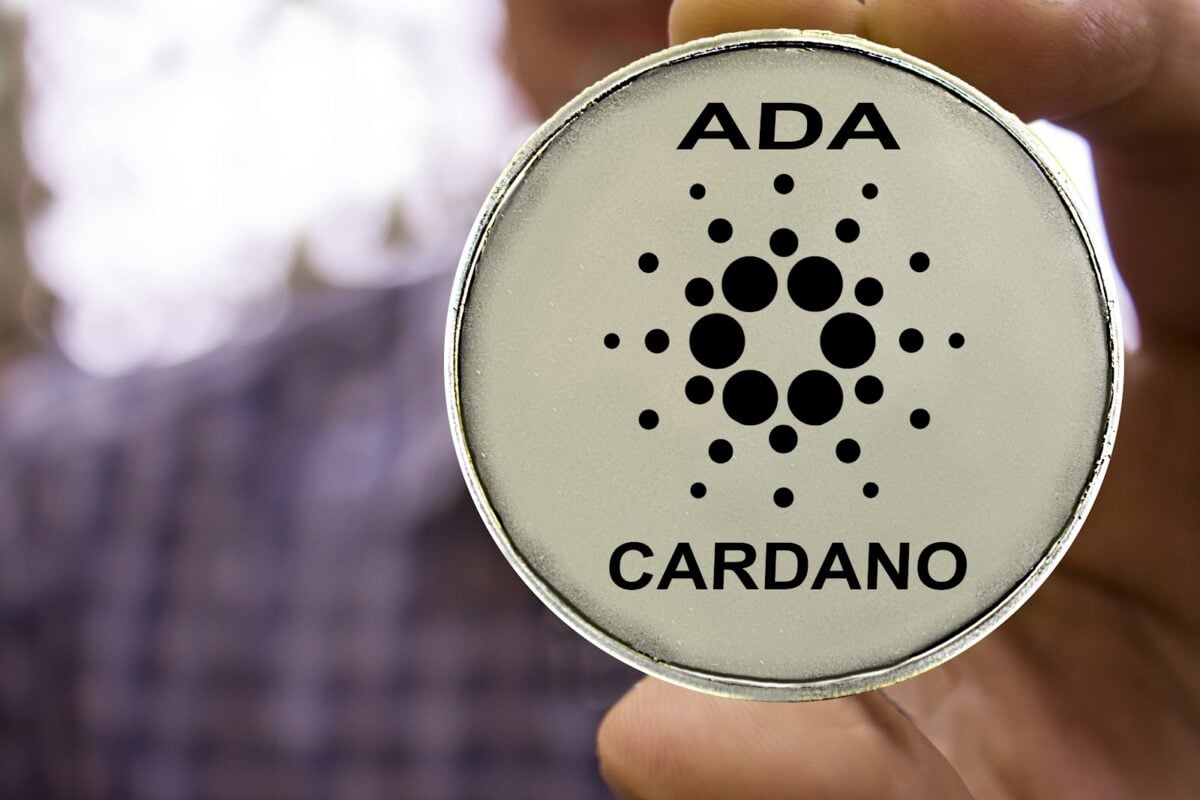- The Cardano founder has sparked controversy within the ADA community by asserting that he has been working without financial compensation for more than 4 years.
- As part of its roadmap to achieve full decentralization and sustainability, Cardano introduces three key components that work together to drive this mission forward.
Cardano founder Charles Hoskinson has stirred debate within the cryptocurrency community on X after he claimed that the original contract for Input Output Global (IOG), the corporation responsible for Cardano’s development, expired in 2020. According to him, that was the completion of the project’s initial roadmap, and he has since been working for free.
His statements have drawn criticism from community members, who point out that components of Cardano’s scaling plan, like Hydra, Basho, and Leios, are not yet fully deployed on the mainnet. Nietz questioned the validity of Hoskinson’s claim, asking:
How was the contract completed if scaling wasn’t fully delivered as per the roadmap?
Hoskinson responded by clarifying that scaling, as outlined in the original roadmap, has already been achieved. “It’s a moving target,” he said, “given we’re now in 2025 and being compared to Sui, Solana, and Aptos, not Ethereum, Bitcoin, and Litecoin.” He added that current efforts on technologies like Leios and Hydra are being carried out at risk, without guaranteed funding. “If we don’t get funded, then we will finish it and leave for other opportunities,” he warned.
His comments sparked concern among supporters, with one member remarking, “I think it’s sad that you want to leave, Charles. It’d be a big mistake.” Hoskinson emphasized the financial challenges faced by IOG, stating,
It would be a race to the bottom and we’d lose money every year. IOG will not work at a loss or for free.
On top of this, the founder rejected the idea of cutting costs by replacing employees with lower-paid developers from abroad, a practice he criticized as common among other firms. “We are not a time and material firm,” he said. “We build cryptocurrencies.”
Cardano’s Path to Scaling
The Basho era is one of the five phases of Cardano’s development plan: Byron, Shelley, Gougen, Basho, and Voltaire. Basho introduces side chains that enable Cardano to support diverse use cases and Ethereum Virtual Machine (EVM) compatibility. Notable sidechain projects like Midnight, for privacy, and Milkomeda, which brought EVM compatibility, were developed during this phase.
As mentioned in our previous post, Hydra is a Layer 2 scaling protocol, taking its name from the many-headed serpent in Greek mythology. Hydra works by opening several “heads”, effectively off-chain mini-ledgers, which increase transaction throughput while reducing latency and maintaining low fees. The first functional implementation, Hydra Head, was deployed on the Cardano mainnet in May 2023.
Leios is the next step in Cardano’s strategy as a fundamental upgrade to the network’s core architecture. In a previous article, we discussed that it is designed to solve the blockchain trilemma of scalability, decentralization, and governance. With features like smarter pre-processing, asynchronous validation, and parallel execution, Leios aims to boost performance while staying true to Cardano’s core principles of decentralization.
Currently, ADA is trading at $0.6891, which is 1.82% lower over the past 24 hours. The trading volume for ADA has also dropped by 20.87% to $836.33 million, indicating a waning interest in the token.

